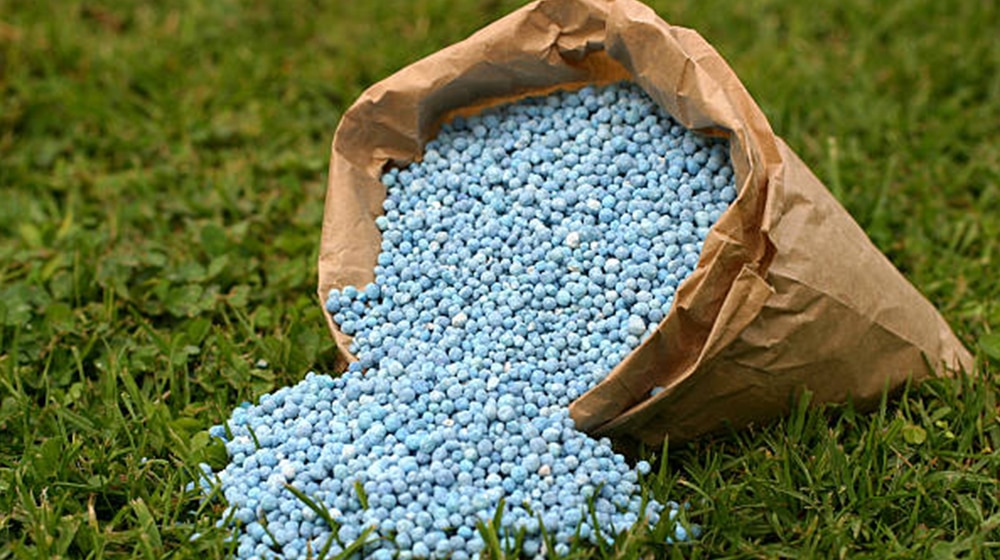Urea is one of the most critical fertilizers to boost crop yield and ensure food security and that’s why It accounts for nearly 70 percent of Pakistan’s fertilizer offtake. But in the past few weeks, urea prices have risen significantly, somewhat in response to government excise duties but more so due to some other underlying factors that we have tried to explore below.
The first thing to know is that due to its fundamental importance in crop growth, it’s also price inelastic, which means regardless of where its price lands, the demand remains fairly stable.
That’s the reason that in 2022 when all fertilizer’s offtake shrank, especially DAP which declined by 10 percent due to inflation, urea consumption still grew by 7 percent due increase in the cultivated area of maize, sugarcane and to some extent that of wheat.
The government imposed a 5 percent Federal Excise Duty (FED) on the fertilizer sector in FY24 budget to increase revenue collection and in response, both Fauji Fertilizer Corporation and Engro Fertilizer Limited raised urea prices. Fauji Fertilizer Bin Qasim Limited also raised urea prices mainly due to the FED and gas price increase announced earlier.
Since then, urea is being sold at anywhere between Rs. 3,500 to Rs. 3,800 and it’s yet to appear on the government radar which is already failing to ensure control over flour, and sugar prices and cotton support price.
“Historically, post-covid and after the US exit from Afghanistan, the smuggling factor grew significantly, particularly in response to rising in international prices which were around Rs. 7000-8000 compared to domestic prices of Rs. 2200 which resulted in an arbitrage” stated Muhammad Sheroz, Fertilizer Sector Analyst at Insight Securities.
He added that domestic DAP offtake has declined significantly in the past two years and if circumstances remain the same, the year may close with an annual offtake of nearly 1 million tons less than the previous year’s peak.
Meanwhile, International Black Sea Urea Spot prices nosedived by more than three times from more than $900 per ton during April 2022 to close $330 per ton during the last month while DAP prices also decline by more than 40 percent which has probably resulted in the inventory losses for some people which later dumped the DAP in the market.
But local price decreases failed to realize because of the immense rupee devaluation at the same time which has kept the prices high as the most critical ingredient of DAP, phosphoric acid is mostly imported. It should be noted that Di Ammonium Phosphate (DAP), unlike Urea, is both price sensitive and has several alternatives. Its prices nearly doubled post-Rabi season of 2021 when farmers faced its huge shortage.
So was the effect of this decline in demand due to the price hike that DAP was selling under-invoiced during the past few months but to manage the losses incurred from DAP, dealers are reportedly being made to buy 1 bag of DAP for every three bags of urea in the name of balanced use of fertilizer.
Though it’s unclear whether the original directions are coming from distributors or manufacturers, dealers are passing these losses from DAP to the farmers through jacked-up urea prices.
On the other hand, another formal hike in prices is on the cards as Ogra has recommended a hike in gas prices in line with the IMF Stand-by agreement signed recently, which government has yet to approve and notify across different industries.
Fertilizer traders talking to ProPakistani stated that urea prices are expected to stay above Rs. 4,000 in the upcoming Rabi season if the incumbent government or the caretaker setup notifies the gas price hike. If it happens, it will significantly impact the production of all major crops including cotton, rice and wheat because farmers, while may not abandon Urea entirely, will cut down on other essential expenses critical for crop growth.
Moreover, the government is also considering imposing the WACOG (Weighted Average Cost of Gas) Bill passed by the previous government to increase the share of imported RLNG to local gas in tariff from 30:70 to 50:50 and essentially pass on the higher cost of RLNG to consumers which is resulting in the circular debt for state-run enterprises. While it may address the circular debt, the bill will also result in increased gas prices.
The fertilizer sector has faced significant challenges over the years whether in the form of outstanding GIDC, declining domestic gas reserves, costly imported LNG to Super Tax and sales tax refunds disputes with the government.
Another solution often tabled is the possible implementation of FBR’s track and trace system to address hoarding and smuggling, but the fact is that the system has failed to address similar issues in both the tobacco and sugar sectors.
“Track and Trace System has good potential but the administrative side needs to be strengthened in order to address these issues effectively”, added Shehroz.
But it’s often been argued that because the sector is heavily regulated, it results in the price disparity of urea between domestic and international prices which results in smuggling. Moreover, urea has rarely been sold at the company-notified prices and there is always some premium being charged to farmers.
The deregulation will be beneficial for the sector as a whole if done effectively given the circumstances but another question to ask is if the sector is deregulated, what would stop the manufacturers from charging exorbitant prices since the import is banned?
The bottom line remains that another price hike for urea is on the horizon given how the government implements the Ogra recommendations while urea is already rarely available at notified prices anywhere across Punjab. In light of these issues, there is a strong argument to be made for new alternatives developed by indigenous resources which can offset the burden to both the country and the farmers.























Only speeches and ribbon cutting show.
Nothing on the ground for the people of pakistan especially for small farmers. No check and balance on fertiliser,s etc. Prices.